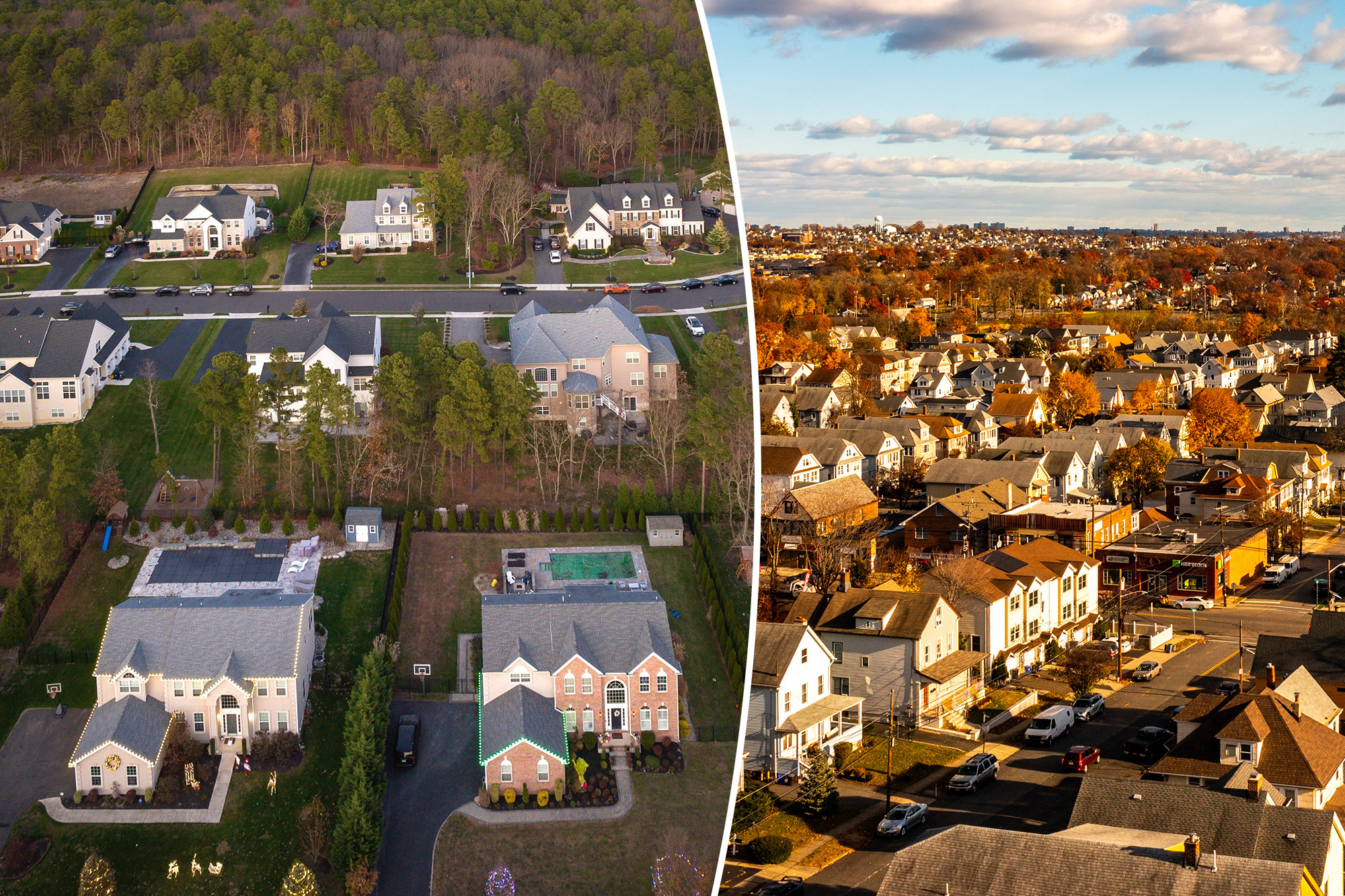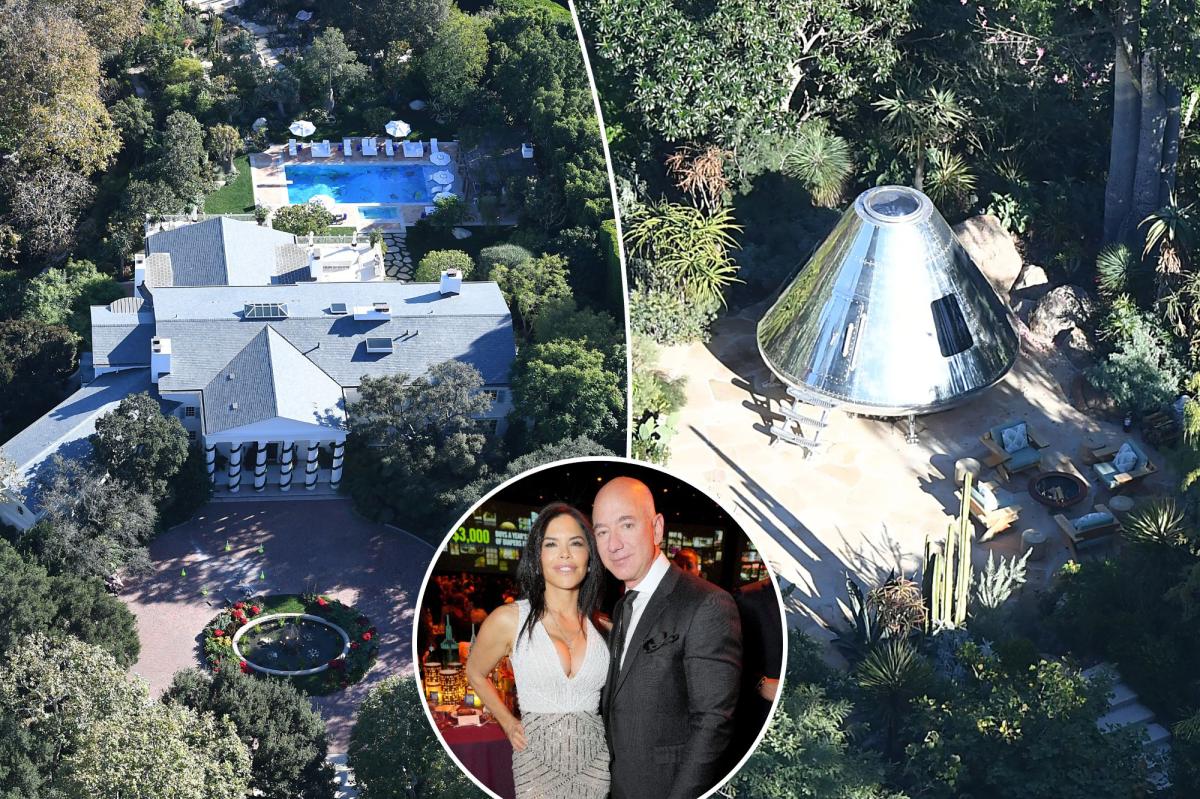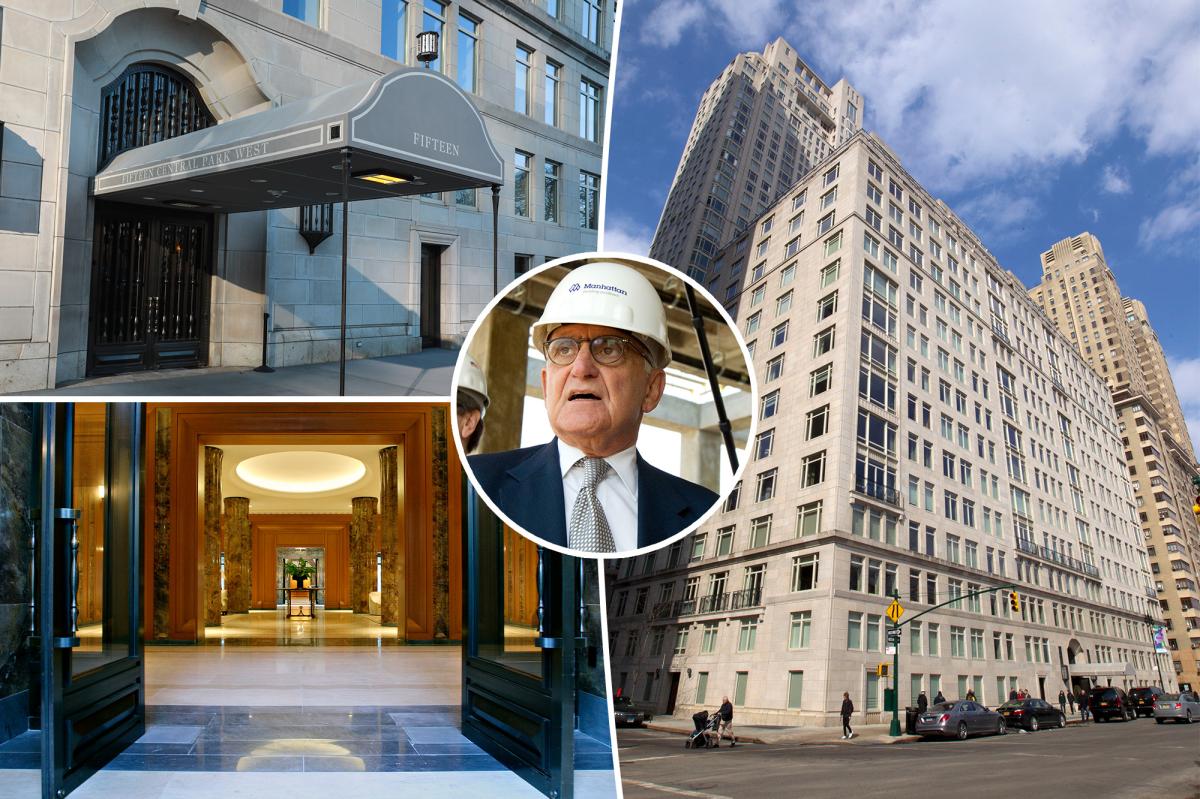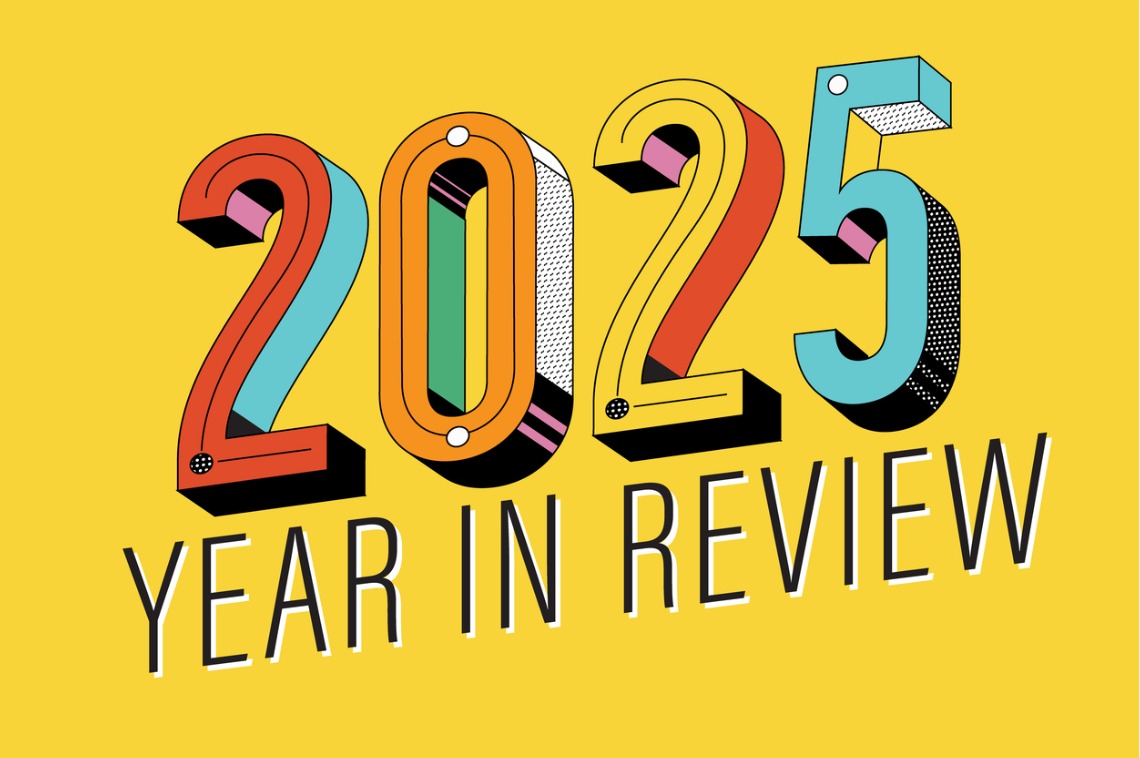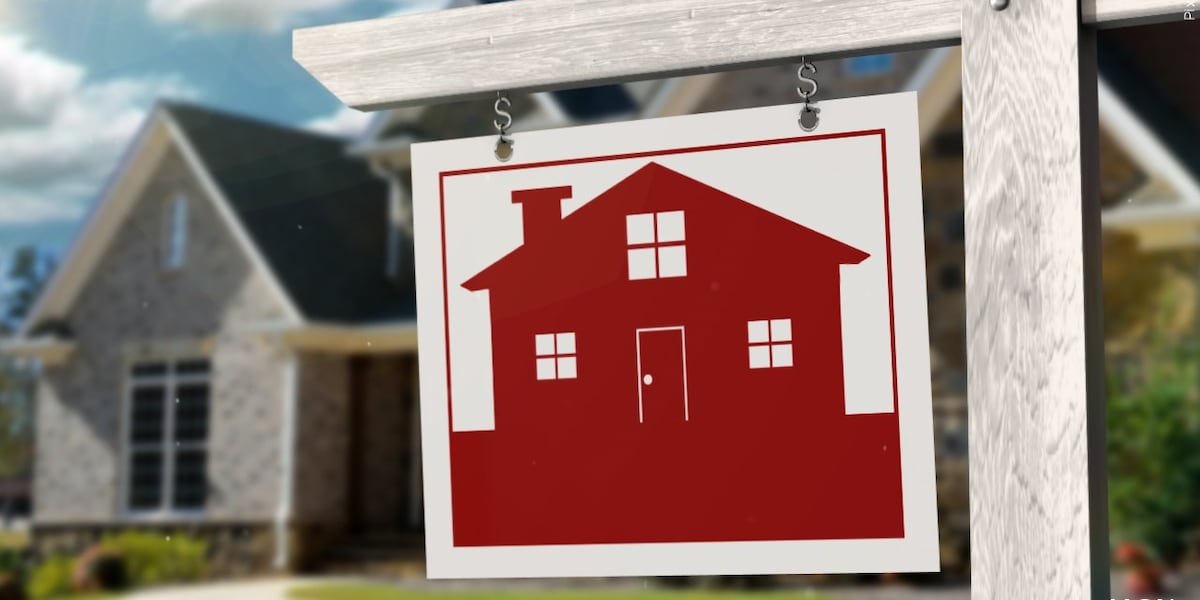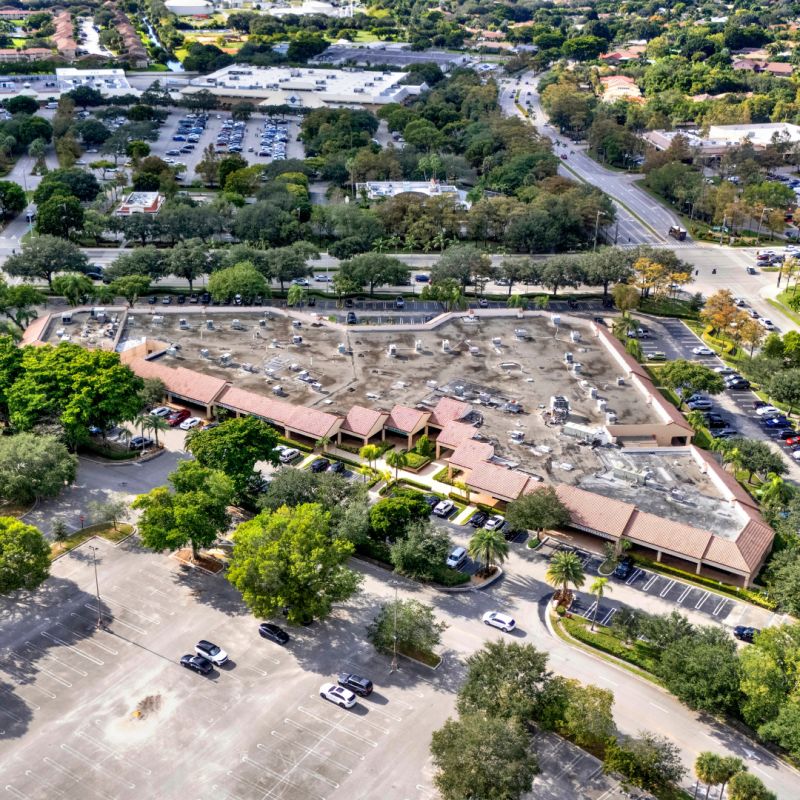I
n New Jersey, the dream of suburban homeownership is slipping further out of reach as a growing number of residents opt to rent instead of buy. According to an analysis of US Census data by Point2Homes, 39 suburbs in the state now have more renters than homeowners, leading the nation.
Places like Harrison and Union City are among the top 20 suburbs with the highest shares of renter households, with over 80% of households occupied by renters. The trend is not just about where people live, but also how they choose to do so. Many residents are turning to suburban rentals as a middle ground between affordability and proximity to transit.
The shift reflects both an affordability crisis and changing attitudes towards homeownership. With nearly 75% of US households unable to afford a median-priced new home in 2025, many are opting for the flexibility and affordability of renting. In New Jersey, the trend is particularly stark, with four suburbs flipping from homeowner-majority to renter-majority between 2018 and 2023.
Bound Brook saw its renter population jump from just under 50% to over 58%, while Elizabeth and Paterson added more than 3,500 renter households each over the past five years. The movement is driven not only by rising home prices but also by skyrocketing urban rents, particularly in nearby New York City.
Developers are responding to this trend by building mid-rise apartment buildings near train stations, catering to commuters and remote workers alike. In places like Union Township and Elizabeth, large-scale rental developments are rapidly reshaping once ownership-dominated landscapes, offering a middle ground between affordability and proximity to transit.
